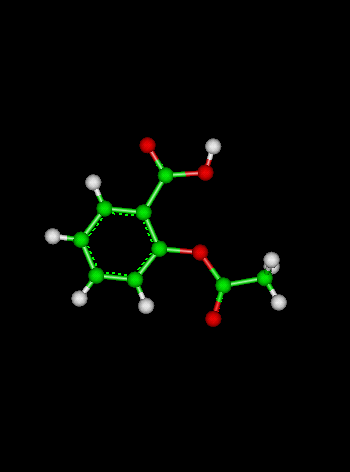
(Periodic Table)
Course Chapters
Section Tests
Calculators
Linear Least Squares Regression
Newton's Method Equation Solver

Welcome to the
UNC-Chapel Hill Chemistry Fundamentals Program
Department of Chemistry
An Interactive Educational Exercise
Because of special formatting tags needed to display exponents, this site is best viewed with Netscape 3.0 or higher.
If needed, use the link under Useful Materials to
download Netscape
PLEASE READ THIS PAGE COMPLETELY!
About the Chemistry Fundamentals Course
This exercise is designed for anyone who wants an introduction or review of the fundamentals of chemistry that will be used in freshman level chemistry classes.This interactive course was used for the first time during the summer of 1997. The goal of the program at that point was to provide an introduction or a review to incoming freshman chemistry students on the basic mathematical skills that are required to be successful in freshman chemistry. In addition, the materials last year worked to introduce or review basic skills in the use of a calculator.
Evaluations from last year's materials suggested that, while the mathematics and calculator sections were useful, one of the most appreciated benefits of the materials was the review of basic high school chemistry. This year's program works to build on that observation. While maintaining the reviews of mathematics and calculator fundamentals, we have significantly expanded the review sections of high school chemistry. In addition, we have added a number of "advanced" sections on the use of numerical methods in chemistry. The materials also provided strong evidence that students who participated in the program scored significantly higher in freshman chemistry at UNC-CH than those who did not.
Currently, this site is used as a resource that can be beneficial to any student that is enrolled in a freshman chemistry course. This course is no longer for extra credit in association with UNC Chemistry classes.
About these materials
The course materials include readings and sample problems on mathematics and calculator use in chemistry, and provides short readings in basic and advanced concepts in chemistry, including:
- Nomenclature
- Atomic Structure
- Stoichiometry
- Acid-Base Chemistry
- Kinetics
- Equilibria
- Redox reactions
- Thermodynamics
- Nuclear Chemistry
How to use these materials
The basic procedure is as follows:
- Take the pre-test for a certain sections. Pre-tests are accessed from the left sidebar on the main UNChem page (this page).
- If you pass the pre-test, you are done with that section.
- If you do not pass the pre-test, you should read the on-line course materials on that section, taking care to work all example problems.
- Take the post-test for that section; if you pass, you are done. If not, review the appropriate on-line material corresponding to the questions you missed, and then take the post-test again.
- You may repeat this process as often as you need to, taking the post test as many times as you need to achieve a passing score. But, please, if you are not doing well on the problems, be sure to review the background readings and actually work the sample problems yourself before attempting a new post-test.
Each of these sections has a pre-test that gives you eight randomly generated questions on that topic. If you get seven out of eight of the pre-test questions correct, that section is considered completed. Because these basic skills in mathematics and use of a calculator are so important for your success in chemistry and other sciences, if you score six or less, you are strongly encouraged to use the review materials to review that topic, working every sample problem provided.
The readings can be accessed from the sidebar. Mathematics and calculator basics are accessible by clicking on the "Mathematics" link on the sidebar. The link labeled "Basic" contains the readings on:
The link labeled "Advanced" contains the readings on:
Once you have completed the readings, you can then take a randomly-generated post-test that gives you 10 questions on that topic. You must obtain a score of 80% (8 out of 10) to pass the post-test. You may take the post-test as many times as you need to in order to obtain a passing score.
NOTE: There is substantially more material here than you are expected to use. We have provided additional readings and concept areas for those of you who wish to:
- do a more thorough review of chemistry prior to beginning chemistry
- use these materials during your course of study in chemistry (hopefully as a supplement, not instead of going to class!)
About the Sidebar
On the left-hand side of each page is a sidebar. This sidebar contains navigational links to the major sections of the course materials. It also contains a glossary of terms, and useful links. Examples of the useful links are the names of the major calculator manufacturers. These sites have materials that will help you to work smarter, not harder with your calculator. We have also developed a number of interactive calculators that you can use with or without the course materials. These calculators, such as the thermodynamics calculator, are designed to help you understand and solve problems in specific areas. We hope that you will find these useful!
About the developers
The materials have been developed at the Shodor Education Foundation, Inc., with funding provided by a grant from the Department of Chemistry at the University of North Carolina at Chapel Hill.Please fill out the Student Evaluation Form after completing the course.

 Shodor
Shodor